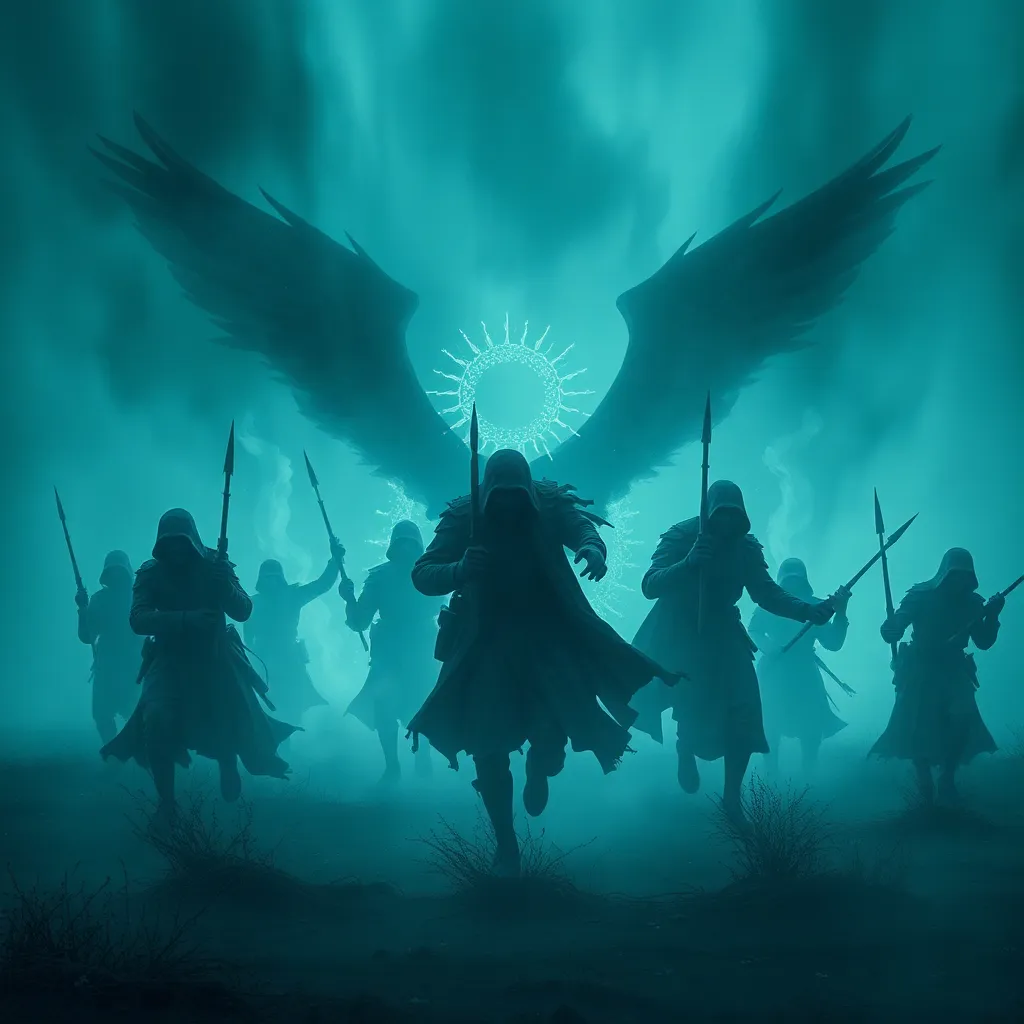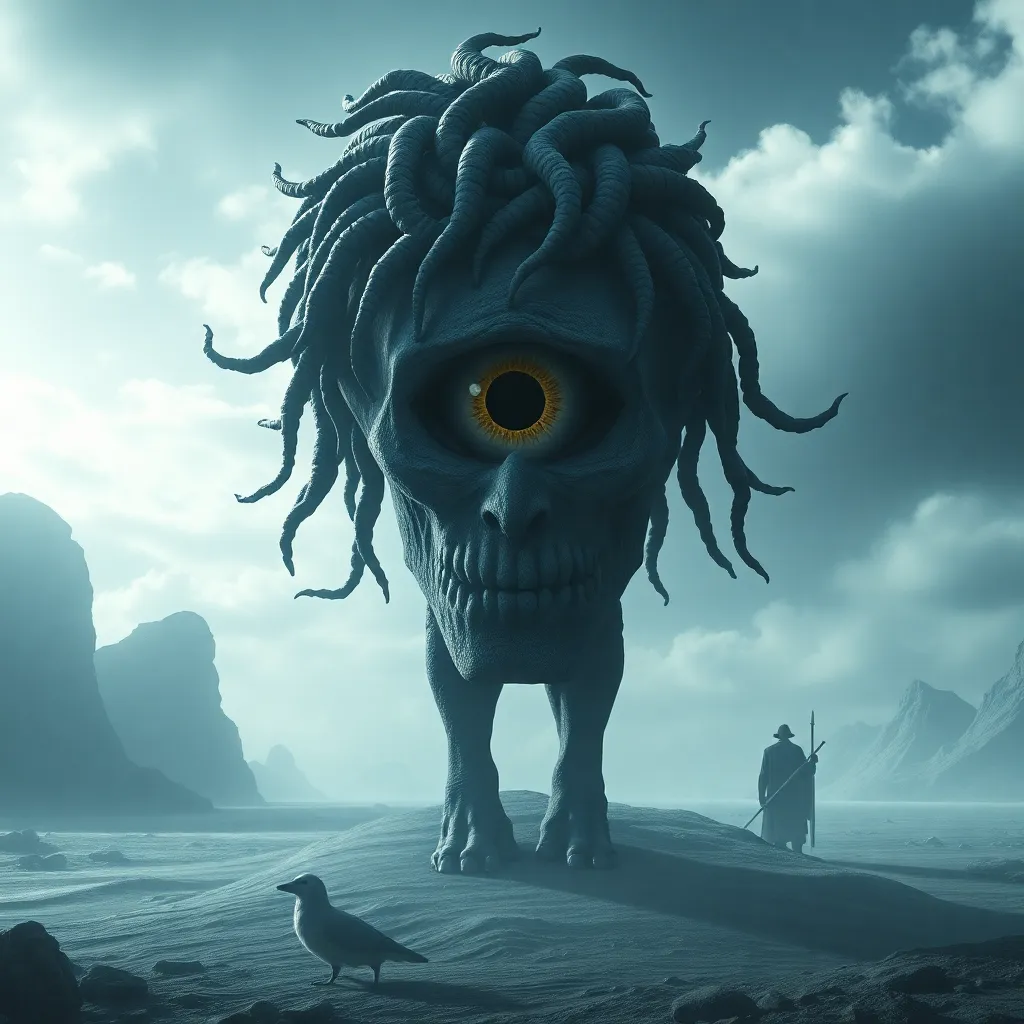The Wings of Darkness: The Role of Bats in Myths of the Supernatural
I. Introduction
Bats have long captured the imagination of people across cultures, often appearing as symbols of mystery and the unknown. In popular culture, they are frequently associated with Halloween, horror films, and gothic literature, reinforcing their image as creatures of the night. However, the significance of bats extends far beyond mere superstition; they hold a prominent place in mythology and folklore worldwide.
This article aims to explore the multifaceted role of bats in supernatural myths, examining their historical context, symbolic significance, and the evolution of their portrayal in modern culture.
II. Historical Context of Bats in Mythology
Throughout history, bats have been viewed through various lenses, often influenced by the societal norms and beliefs of ancient civilizations.
A. Ancient civilizations and their views on bats
In many ancient cultures, bats were seen as creatures that bridged the gap between the living and the dead. For instance:
- The ancient Egyptians revered bats as symbols of resurrection and transformation, often associating them with the goddess Hathor.
- In Native American traditions, bats were sometimes viewed as protectors or guides for souls in the afterlife.
B. Bats in early literature and oral traditions
Early literature often depicted bats in conjunction with themes of darkness and the supernatural. Oral traditions among indigenous peoples frequently included stories where bats served as important figures in creation myths or as tricksters.
C. The evolution of bat symbolism over time
As societies evolved, so too did the symbolism associated with bats. From sacred creatures to harbingers of doom, bats have experienced a complex evolution in their representation.
III. Bats as Symbols of Death and the Underworld
One of the most prevalent associations bats have is with death and the underworld, a connection that permeates various cultural narratives.
A. Associations with death and the afterlife in various cultures
Many cultures view bats as omens of death or as connections to the spirit world. Their nocturnal habits and ability to navigate in darkness have led to their association with the unknown.
B. Examples from mythology: Aztec, Chinese, and European perspectives
- In Aztec mythology, the bat was linked to the underworld and was believed to guide the spirits of the dead.
- Chinese folklore often portrays bats as symbols of happiness, but they are also associated with funerary practices and ancestor veneration.
- In European traditions, bats are often depicted as sinister creatures, linked to witches and dark magic.
C. The psychological impact of these associations
The psychological impact of bats as symbols of death can lead to a heightened sense of fear or intrigue, reinforcing their place in supernatural narratives.
IV. Bats and the Supernatural: Creatures of the Night
The nocturnal nature of bats plays a significant role in their association with the supernatural.
A. The nocturnal nature of bats and its implications
Bats are creatures of the night, which naturally lends them an air of mystery. Their ability to fly silently and their echolocation capabilities evoke a sense of otherworldliness.
B. Bats as omens or messengers in folklore
In various traditions, bats are seen as omens. For example, a bat flying into the home is often considered a bad omen, signaling impending death or disaster.
C. Representations in ghost stories and supernatural encounters
Bats frequently appear in ghost stories and tales of the supernatural, serving as harbingers of the unknown or as manifestations of spirits.
V. The Dual Nature of Bats: Good vs. Evil
Bats embody a duality that reflects the complexities of human nature, representing both good and evil.
A. Bats in protective myths and positive symbolism
Despite their often negative portrayal, bats also feature in protective myths. In some cultures, they are seen as guardians against malevolent spirits.
B. Contrast between benevolent and malevolent bat figures
Examples of this duality include:
- Benevolent figures, such as the bat in some Native American cultures, symbolize protection and guidance.
- Malevolent figures, such as vampires in European folklore, represent fear and danger.
C. Case studies: The bat as a guardian spirit vs. the harbinger of doom
These contrasting representations illustrate how bats can embody both protective and destructive qualities, depending on the cultural context.
VI. Bats in Modern Media and Popular Culture
The portrayal of bats in modern media reflects their complex mythological background.
A. Influence of mythology on contemporary portrayals of bats
Many contemporary films and books draw from historical myths to depict bats, often blending horror with fascination.
B. Analysis of bats in literature, film, and art
Bats have been featured in numerous works, such as:
- Dracula by Bram Stoker, where bats symbolize transformation and fear.
- Films like Batman, which portray bats as symbols of justice and vigilance.
C. The evolution of public perception from fear to fascination
While bats were once primarily feared, there has been a shift towards fascination, with many now recognizing their ecological importance.
VII. The Cultural Significance of Bats Today
Today, bats continue to hold cultural significance, bridging the gap between myth and reality.
A. Bats in modern folklore and urban legends
Modern folklore often includes bats as figures of mystery, serving as elements in urban legends about haunted places or supernatural events.
B. The role of bats in environmental narratives and conservation efforts
With growing awareness of environmental issues, bats are increasingly recognized as vital components of ecosystems, contributing to pest control and pollination.
C. Bridging the gap between myth and reality in current society
The challenge remains to understand and appreciate bats, moving beyond fear to a recognition of their ecological roles and cultural significance.
VIII. Conclusion
Bats occupy a unique position in the realm of supernatural mythology, symbolizing both the darkness of death and the light of protection. Their enduring legacy in human imagination reflects our complex relationship with nature and the unknown.
Understanding the myths surrounding bats can provide valuable insights into cultural fears, beliefs, and the ways in which we interpret the world around us. As we continue to navigate the modern landscape, the multifaceted role of bats in our stories and lives remains a testament to their significance.



